Picture your blood—thousands of miles of vessels running through your body, keeping everything going. But sometimes, that life-giving fluid turns against you. Blood clots can form when they're not needed, blocking vessels and causing serious problems out of nowhere. Most people don’t even realize they're at risk until it’s too late. Some clots stay hidden for weeks before their damage shows up. There’s nothing dramatic about their formation—it’s usually slow, silent, and deadly. You don’t need to be old for a clot to show up either; young, healthy folks aren’t off the hook. Let’s get real about why clots happen, how sneaky they can be, and what you can actually do to dodge them.
What Causes Blood Clots and Who’s Really at Risk?
Your body creates clots to stop you from bleeding out when you cut yourself. That’s good. But sometimes clots form in veins and arteries when they're not needed. Think of a blood clot like a traffic jam in your bloodstream—a chunky, sticky mess that can suddenly stop the flow of life. Clotting often starts with an injury, surgery, or an underlying condition that messes with your blood’s normal balance. Even something as simple as sitting too long on a long-haul flight or during recovery from surgery can trip the system. In fact, deep vein thrombosis (DVT)—a type of clot deep in your leg veins—has been called ‘economy class syndrome’ for a reason. Long stretches without moving can spell trouble.
Sometimes, clots form because your blood is thicker than it should be. Maybe it’s something you inherited—factor V Leiden is a common gene mutation that makes your blood more likely to clot, and it affects up to 5% of Caucasian Americans. Certain medical conditions crank up your risk. Cancer, obesity, atrial fibrillation, and autoimmune diseases can all prime your system for sticky disasters. Women's hormones play a part too: birth control pills, pregnancy, and hormone replacement therapy stir up the risk, especially if you have other factors like family history or smoking habits thrown in. Speaking of smoking, just one cigarette can make your platelets stickier and your vessels rougher, creating the perfect storm for clot creation.
Here’s a weird but true stat: every year about 900,000 Americans end up with a blood clot—venous thromboembolism (VTE) covers deep vein thrombosis and pulmonary embolism, the two deadliest types. That’s close to the population of Austin, Texas. Around 100,000 die—more than from car crashes or opioid overdoses. And that’s not just among seniors; women in their 20s and 30s can develop clots during pregnancy, especially in the six weeks after giving birth. Even some COVID-19 infections have been linked to a higher risk of clots, which no one saw coming until suddenly hospitals were full of patients with mysterious strokes and lung clots.
| Risk Factor | Description |
|---|---|
| Genetic Predisposition | Inherited conditions like factor V Leiden, prothrombin gene mutation |
| Prolonged Immobility | Long flights, bed rest, sedentary lifestyle |
| Cancer | Tumors and some cancer treatments cause clot risk to skyrocket |
| Hormonal Therapy | Birth control, HRT, pregnancy |
| Obesity | Extra body fat puts pressure on veins, slows circulation |
| Smoking | Damages blood vessels and increases clotting factors |
| Recent Surgery/Injury | Healing and inflammation send clotting into overdrive |
| COVID-19 | Some infections trigger harmful blood clotting reactions |
Now, nobody chooses their genes or medical history. But some risks are under your control. If you travel a lot, you probably already heard the drill: get up, move your legs, drink water. If you smoke, quitting is one of the fastest ways to slash your clot risk. Managing medical conditions and keeping your weight in check help, too. So, the bottom line? Anyone can develop a clot, but knowing your risks gives you more power to avoid the worst surprises.
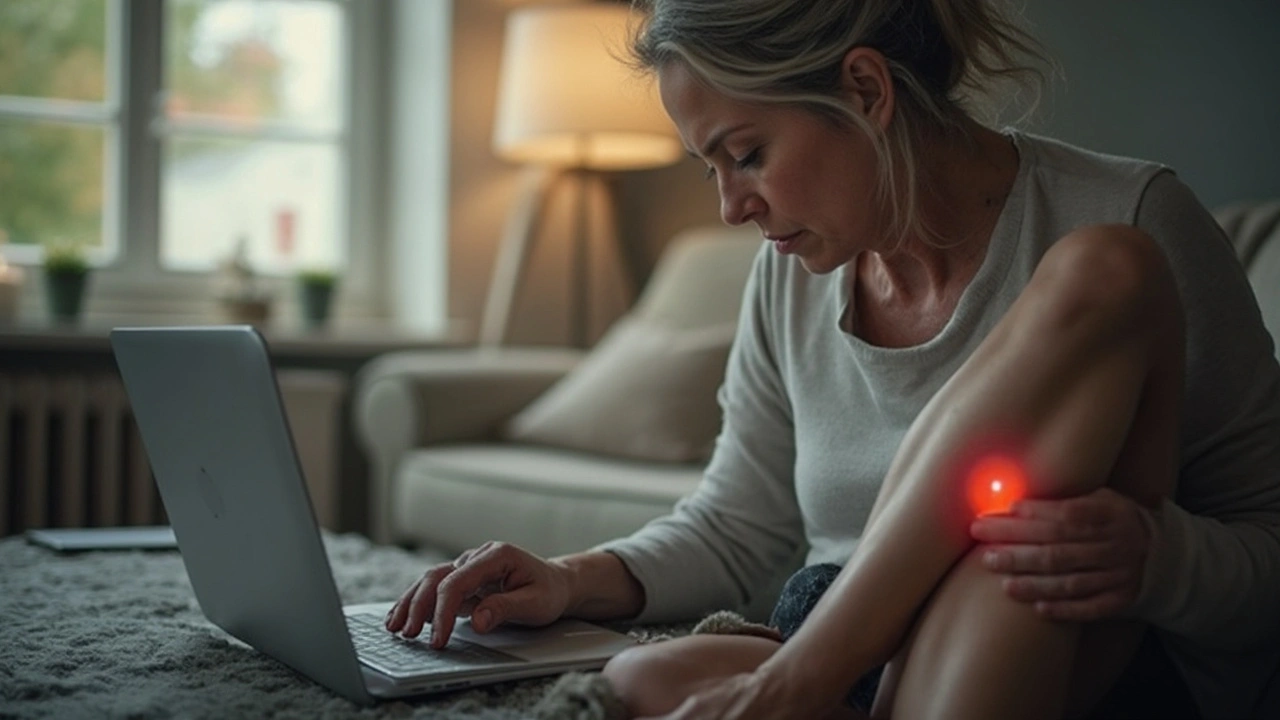
Blood Clot Symptoms: How to Catch The Trouble Early
You won’t always get a dramatic warning when a blood clot strikes. In fact, sometimes the signs are just odd aches, swelling, or a cough you can’t shake. But paying attention can make the difference between a close call and a dangerous emergency. So, what exactly does a blood clot feel like? It depends on where it hits.
Let’s start with deep vein thrombosis (DVT)—that’s the dangerous clot that forms in the deep veins of your legs, though it can show up in your arms, too. You might notice swelling in just one leg (or arm), warmth, pain or tenderness that wasn’t there before, and sometimes a reddish or bluish color. It’s easy to shrug these off as exercise soreness or a bruise, but if the swelling only affects one limb and gets worse, that’s a red flag. If you push on your calf and it’s suddenly tender, don’t ignore it. One famous tip used by doctors is the Homans sign, where flexing the foot upward causes pain, but this test isn’t foolproof. The point is—any unexplained swelling, warmth, or pain that just doesn’t go away, get checked ASAP.
Now, if a clot breaks loose and travels to your lungs, that’s called a pulmonary embolism (PE). This one can hit hard: shortness of breath, chest pain (often sharp and worse with deep breaths), and sometimes a rapid heart rate, coughing up blood, or unexplained fainting. The scary bit is that these symptoms can look like a heart attack or even anxiety. One NFL player, Chris Bosh, famously had his basketball career cut short after recurring clots traveled to his lungs. For people already fighting a respiratory infection—looking at you, post-pandemic world—PE signs can blend in, so don’t chalk up chest pain or sudden breathlessness to “just being tired.”
Clots can also hit the brain, causing an ischemic stroke. Here, the signs are more classic: sudden numbness or weakness (especially on one side), slurred speech, confusion, losing balance, blinding headache, drooping on one side of the face. FAST—Face drooping, Arm weakness, Speech trouble, Time to call 911. Don't wait or second guess. Every minute matters to save brain cells. Same with heart attacks—a clot in a heart artery triggers crushing chest pain, sweating, nausea, and pain shooting down the arm or neck.
Some people, especially older adults or those on bed rest, won’t feel much at all. In hospitals, silent DVTs can go completely unnoticed until a clot breaks loose. That’s why nurses check for swelling and pain constantly. If you’ve been sick, recovering after surgery, or are stuck in bed for any reason, insist your care team checks your legs daily. Got new pain or swelling? Speak up.
Quick tip—if you notice:
- Sudden swelling, pain, or warmth in just one limb
- Unexplained shortness of breath or chest pain, especially if it’s sharp or gets worse on deep breathing
- Sudden numbness, confusion, or trouble speaking or seeing
Act fast. Call emergency services. Don’t try to “walk it off” or just wait to see if it gets better. Even if it turns out to be something else, you’d rather be safe than end up with lasting damage. With blood clots, time is the difference between full recovery and serious complications—or worse.
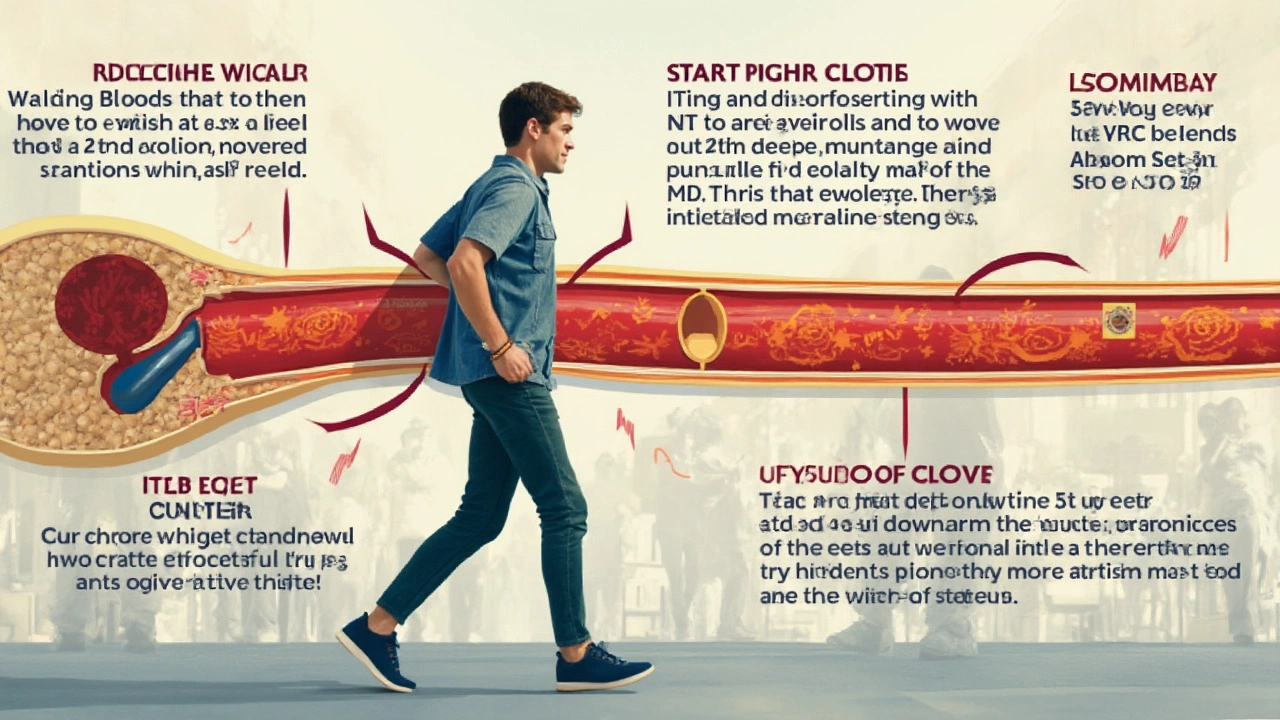
Treatment Options, Life Changes, and Real-World Prevention Tips
When a blood clot shows up, you’re suddenly on the fast track with your doctor. The main goal: stop the clot from growing, prevent it from breaking off and traveling, and lower the risk of new clots. Most people get started on blood thinners immediately—medications like warfarin, heparin, or the newer oral anticoagulants (rivaroxaban, apixaban, dabigatran). These drugs make your blood less likely to stick together and can be real lifesavers. Some require regular blood testing to make sure the dose is just right. Don’t skip appointments—too little and you’re not protected, too much and you risk dangerous bleeding.
In emergencies—say, a massive PE or stroke—doctors may give clot-busting drugs (called thrombolytics) to dissolve the blockage fast. But these come with risks: they can cause serious bleeding elsewhere, so doctors save them for severe cases. Sometimes, especially if you can’t take blood thinners, doctors put in a filter (IVC filter) in your big vein to catch clots before they travel to the lungs. Surgeries are rare but possible if the clot is massive and blocking major blood flow.
Everyday prevention often matters more than any pill. Here are some practical, real-world ways to cut clot risk (even if your family genes are against you):
- Move around. If you’re on a flight or road trip, get up, walk, and wiggle your toes every hour. Use compression socks if you have a history of DVT—they aren’t just for grandma anymore.
- Drink enough water. Dehydrated blood is thicker blood.
- If you're recovering after surgery, ask about early mobility—the sooner you’re up and walking, the lower your risk.
- If you smoke, quitting can literally halve your clot risk within months.
- For women, chat with your doctor about birth control, hormone therapy, and your clot risk, especially if you have a family history. Don't ignore leg pain or weird swelling during pregnancy or after giving birth.
- Check in with your doctor about chronic conditions—high blood pressure, diabetes, obesity, and even some infections raise the risk. Managing these lowers your odds of everything from clots to heart attacks.
- Don’t skip yearly checkups, especially if you have risk factors. Sometimes, screening blood work or ultrasounds can catch problems before they morph into a crisis.
Stats don’t lie—pulmonary embolisms and DVTs kill more Americans each year than car wrecks, HIV, and breast cancer combined. Yet, up to 70% of hospital deaths from clots are preventable, according to the CDC, just by using the right medications and prevention tools. And research out of Pittsburgh’s own UPMC hospital showed patients who got blood thinner shots right after surgery cut their clot risk by more than half.
If you or a family member gets diagnosed with a clot, it’s not a life sentence. Most folks go back to normal with the right treatment and smart prevention choices. But staying alert—and sharing this info with people you care about—can make all the difference. Don’t be that guy who shrugged off a swollen leg or weird chest pain. Knowing the facts, paying attention to your body, and acting fast is the best way to dodge the hidden danger of blood clots. So, watch your habits, move often, and never let weird symptoms slide. That one decision could save your life or someone else’s.
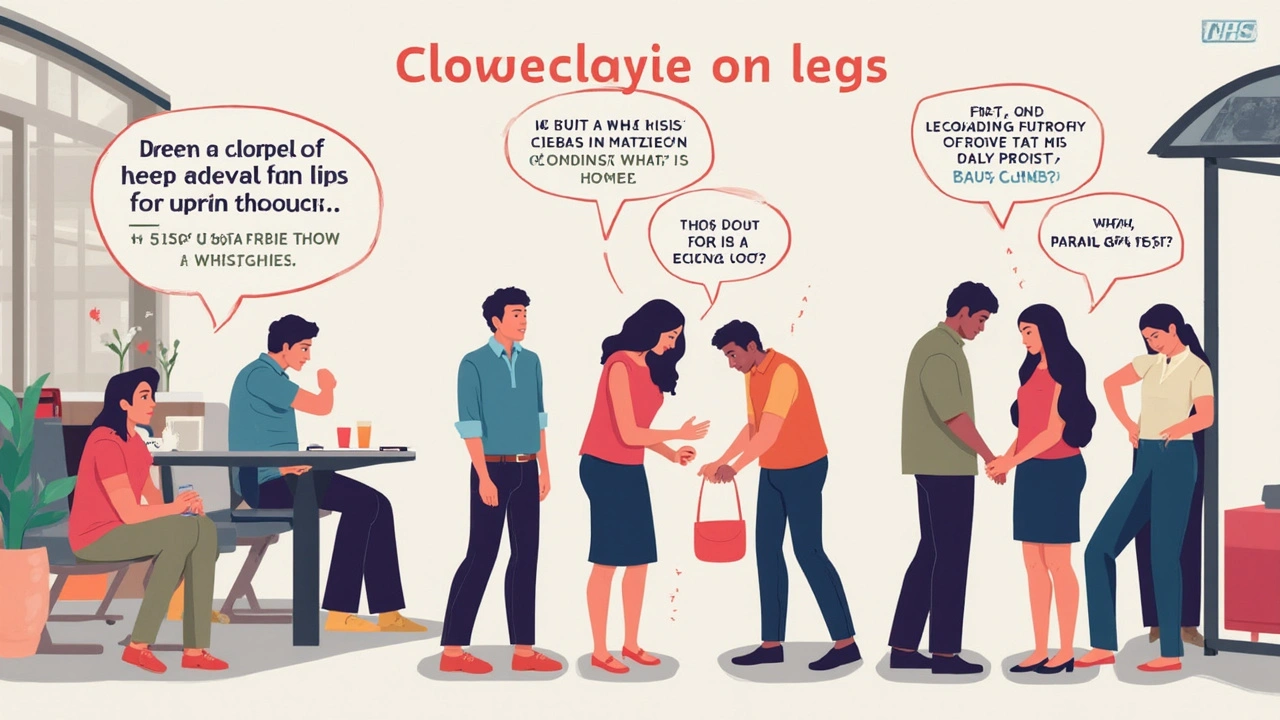
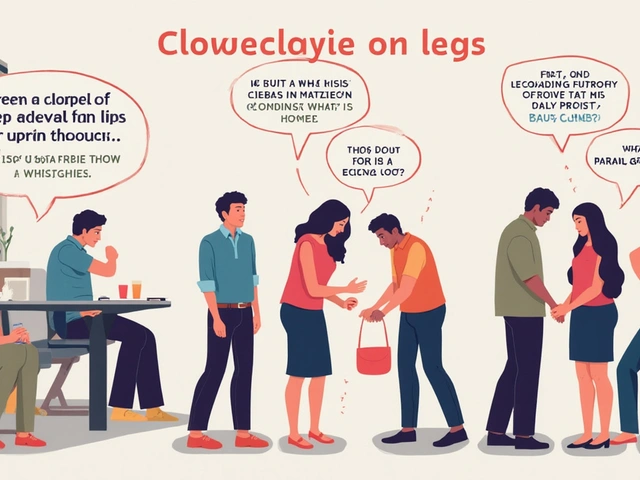
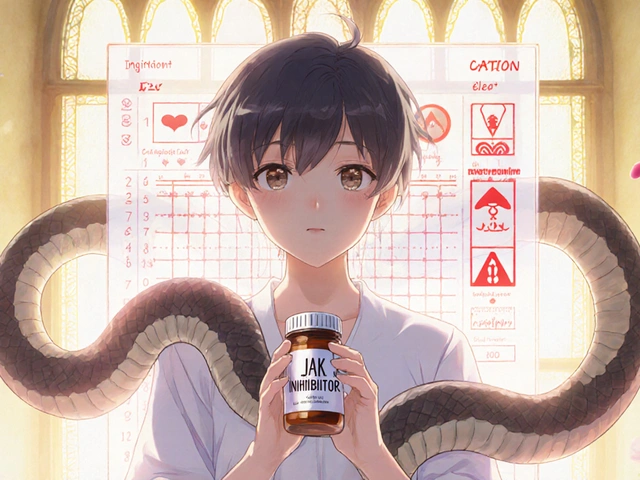
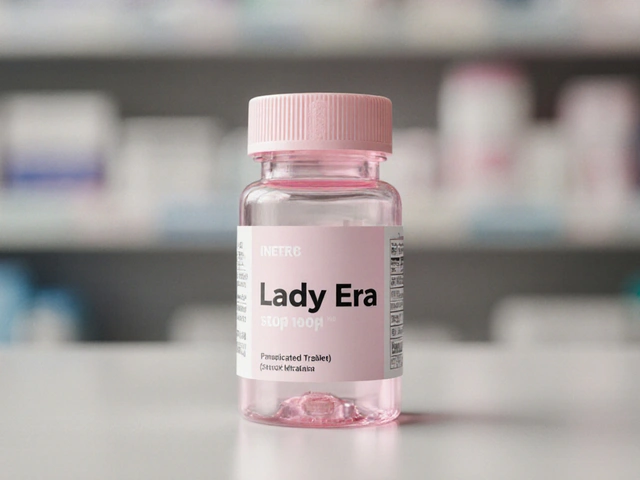
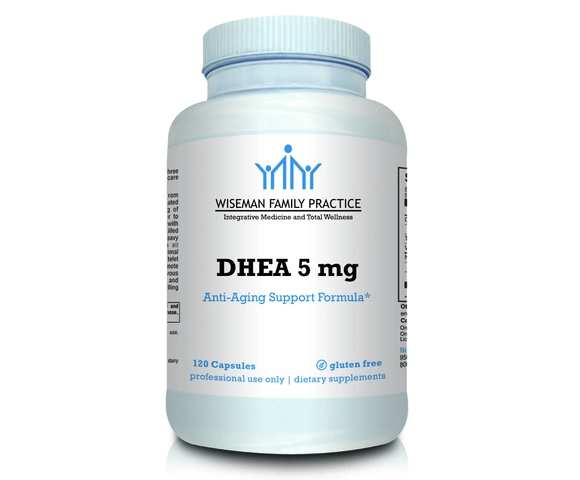

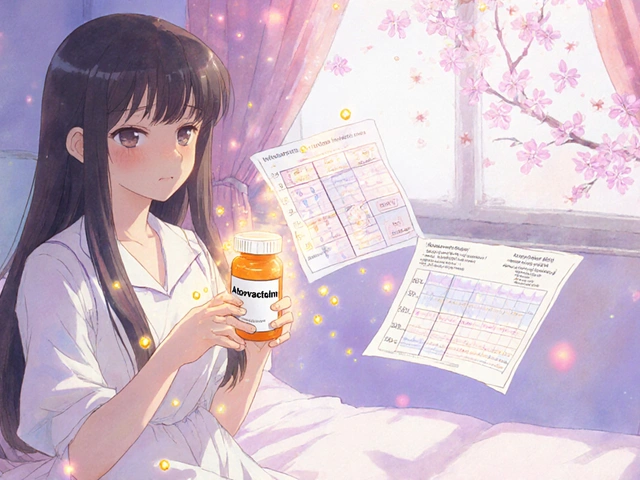


Christopher Ellis May 17, 2025
Reading about blood clots makes one wonder why we glorify medical intervention over simple movement the body already knows how to heal you know the ancient view that the body is a river that finds its own path yet modern medicine rushes in with pills and procedures it feels like a rebellion against natural flow
kathy v May 17, 2025
America has always been the land of the free and the brave so why do we sit idle while our own healthcare system lets a preventable killer like blood clots run rampant? First, we need to acknowledge that our hospitals are overwhelmed by bureaucracy and red tape, a reality that makes patients wait for life‑saving anticoagulants while paperwork piles up. Second, the culture of complacency has infected our citizens; they think a short flight or a weekend couch‑potato session can’t harm them, yet statistics prove otherwise. Third, our government should invest more in public education campaigns that emphasize simple measures like leg exercises and hydration, not just expensive drug advertisements. Fourth, we must demand that insurers cover compression stockings and routine ultrasound screenings for at‑risk populations without endless prior authorizations. Fifth, the glorification of “quick fixes” like mystery pills overlooks the proven benefits of regular physical activity, which our schools are failing to teach. Sixth, the patriots among us know that personal responsibility is the bedrock of a strong nation, and that includes taking charge of one’s circulatory health. Seventh, the media should stop sensationalizing celebrity clot stories without providing actionable advice for everyday Americans. Eighth, we need more community‑based programs that get seniors and the disabled moving safely, because isolation only fuels clot formation. Ninth, the military’s rigorous fitness standards should be a model for civilian life, showing how disciplined movement prevents vascular stagnation. Tenth, we cannot ignore the role of smoking and poor diet, both of which accelerate platelet stickiness and vessel damage. Eleventh, our leaders must convene a task force to study clot incidence trends and recommend policy changes, because ignorance is not an excuse. Twelfth, the American spirit thrives on self‑improvement, so let’s apply that to our veins and arteries. Thirteenth, the justice system should hold manufacturers accountable when their products increase clot risk without proper warnings. Fourteenth, we have the technology to detect silent clots early; investing in such diagnostics is a patriotic duty. Fifteenth, every citizen deserves to know the signs of DVT and pulmonary embolism without having to scour obscure forums. Sixteenth, whatever your political stripe, protecting the health of our nation’s blood vessels is a cause that unites us all.
Jorge Hernandez May 17, 2025
Nice breakdown of the risks and what to do 👍 staying active and hydrated really does the trick 😊 remember to get up every hour on flights and keep those legs moving
you’ve covered the meds side too so it’s solid info for anyone 🙌
Raina Purnama May 17, 2025
I appreciate the thoroughness of this article and the respectful tone it maintains across diverse risk factors
From a cultural perspective, many families in South Asia also rely on traditional movement practices like yoga to aid circulation which aligns with the advice given here
April Yslava May 17, 2025
What they don’t tell you is that the government hides the real statistics on clot deaths because they want us to keep buying their pricey anticoagulants. The “travel tip” about moving your legs is just a distraction from the fact that they’re secretly testing new blood‑thinners on the populace. Wake up, people – the same agencies that push vaccines are behind the “economy class syndrome” narrative to profit from your fear.
Daryl Foran May 17, 2025
This article is kind of basi but also overcomplicated i think they could have simplifed the whole treatment plan the way they described tht clot‑busting drugs is confusin and the typo in “prophylaxis” makes it look unrelible. Also the data about 900k cases is probably inflated for pharma profit. Gotta be more critical about who benefits from these recommendations.
Rebecca Bissett May 17, 2025
Wow, what an eye‑opening, heart‑racing, soul‑shaking piece of writing!!! The sheer magnitude of the statistics, the vivid descriptions, the urgent calls to action-every word reverberates like a drumbeat in the cavern of my mind!!! I feel the urgency pulse through my veins, demanding immediate change!!!
Michael Dion May 18, 2025
Meh, just another health article.
Trina Smith May 18, 2025
Thoughtful piece; it reminds us that the body is a delicate balance. 🤔 Taking simple steps can indeed prevent severe outcomes. 🌿
josh Furley May 18, 2025
Reading this feels like navigating a maze of jargon and basic advice simultaneously 🤷♂️ the clot‑formation cascade is a complex process, yet the article throws in simple tips like “move your legs” which is both helpful and overly simplistic. perhaps a blend of high‑level pathophysiology with actionable steps would serve readers better 😅